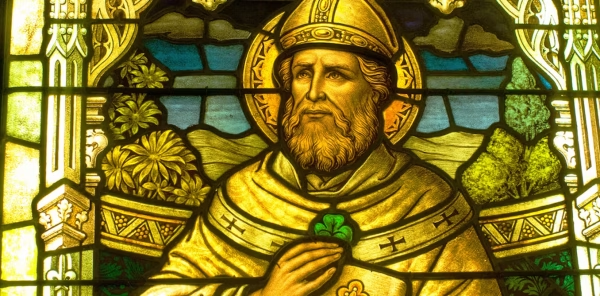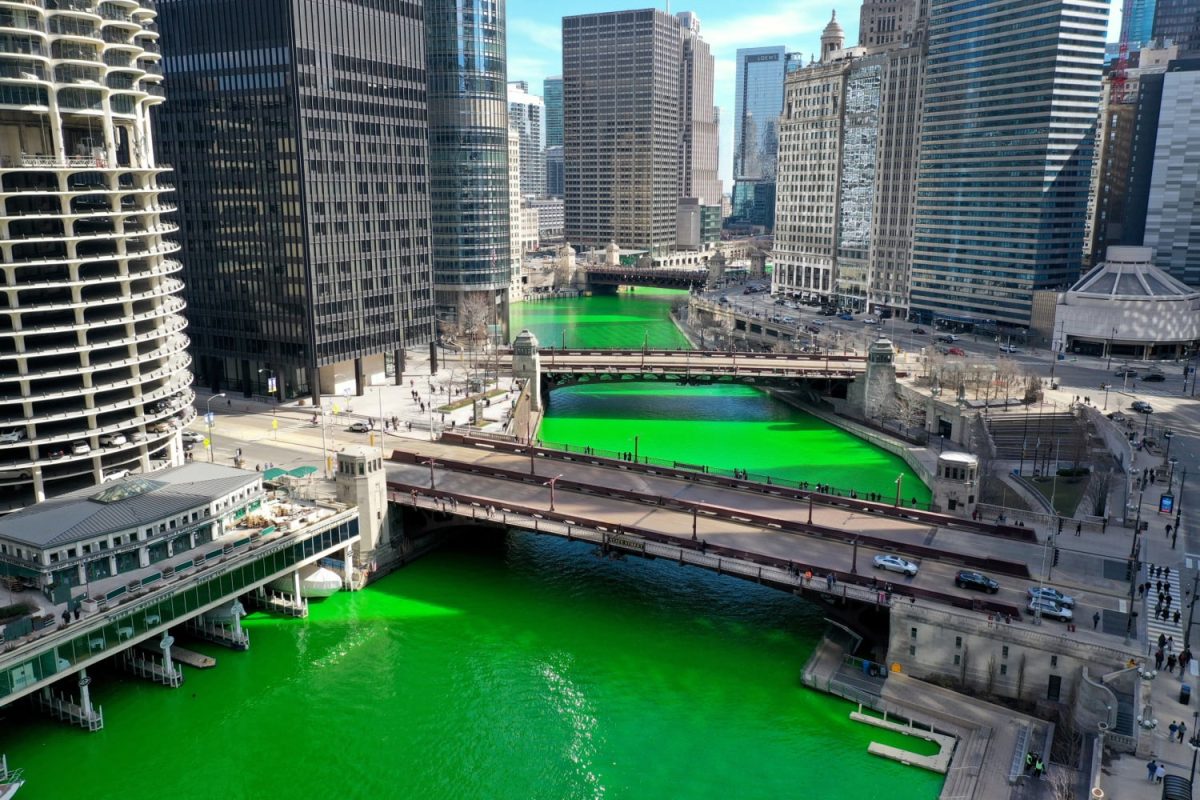St. Patrick’s Day isn’t complete without wearing green, eating corned beef and cabbage, drinking beer (for adults), and maybe visiting a St. Paddy’s parade. However, it’s also much more than that. Celebrated more heavily in America than in Ireland, St. Patrick’s Day honors the history of Irish-American immigrants and culture, while reminding the world of the endurance of the Irish people throughout time.
Faithful Origins
St. Patrick’s Day is celebrated on March 17 each year because that was the death day of Ireland’s patron saint (USA Today). Saint Patrick wasn’t even Irish originally; born British near the end of the fourth century, he spent six years imprisoned in Ireland, where he embraced Christianity. It is believed that God spoke to Patrick and encouraged him to escape. He left Ireland, but later returned as a missionary upon an angel’s request.
Saint Patrick aimed to serve existing Irish Christians and convert non-Christians across the land. His prominence developed from his creation of the Celtic cross, a combination of the Irish sun symbol and the traditional cross of Christ. Because of this, Patrick was commemorated in Ireland and other European countries for centuries, but the festivities were solemn and holy– nothing like the extravagant parties of today. So how did the attitude around this holiday change so greatly?

A Sea of Change https://www.history.com/news/st-patricks-day-origins-america
The Irish had been building new lives in America since the colonial period, but the immigrant population grew exponentially during and after the Great Famine (History), a period of mass starvation and disease in Ireland from about 1845 to 1852. Wanting to celebrate their culture and strengthen their community, Irish Americans began embracing St. Patrick’s Day as a loud display of Irish pride. This movement was especially prevalent as Irish immigrants faced pushback from anti-Catholic groups in the U.S.
Overtime, St. Patrick’s Day has been adopted in America as a national phenomenon. Although not a federal holiday, the merriment is enjoyed by millions of people regardless of their background who take the excuse to wear green, drink beer, and feel jolly. Cities with strong Irish heritage have gained fame for their events, like Chicago, which has been dyeing its river emerald annually since the 1960s.
While Ireland has incorporated some of the wild aspects of American St. Patrick’s Day into its contemporary life, the observance remains traditional. But no matter where, who, or why one celebrates St. Paddy’s day, the celebration is a testament to the Irish people’s determination, the beauty of Celtic culture, and the merit of togetherness.
























